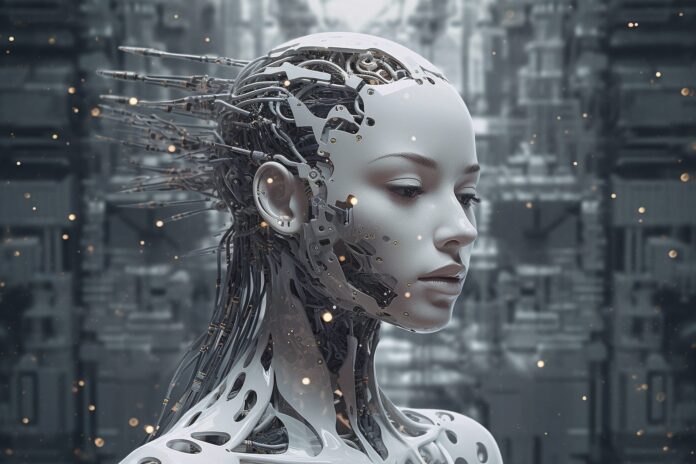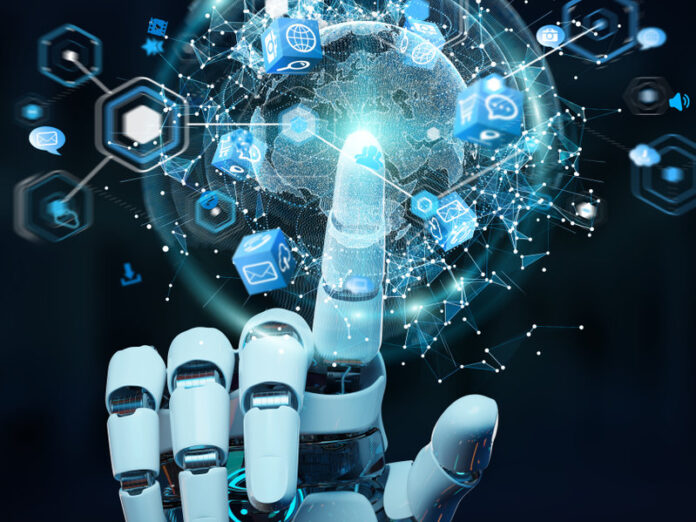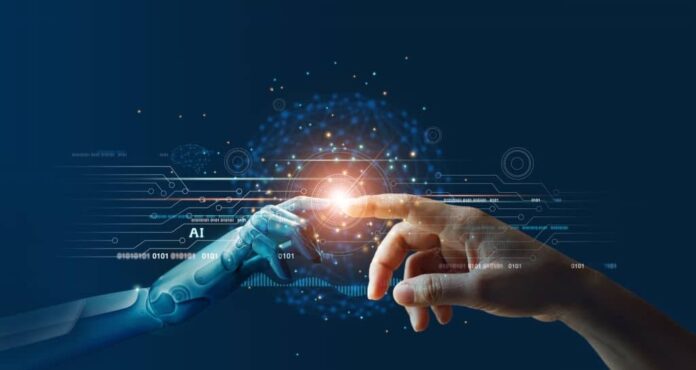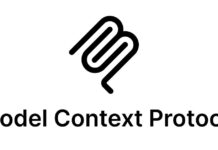Just the other day, I was navigating through LinkedIn, scouting for potential media organizations that could benefit from my writing skills. During this search, an intriguing opportunity caught my eye. Eager to explore further, I clicked to get in touch with the person in charge.
To my astonishment, LinkedIn itself provided a well-crafted, ready-to-use message to initiate a conversation about potential collaboration. With a few tweaks to align it with the specific role, the pre-composed message served as an excellent ice-breaker.
This encounter with an AI tool – doing a part of my job – ignited mixed emotions within me. While I appreciated the efficiency and time-saving aspect, I also found myself contemplating the extent to which AI could encroach upon my professional domain. As AI technology advances, I realize I’m not the only one pondering this question.

The AI Revolution in Freelancing
Modern freelancers are increasingly leveraging AI tools to boost productivity, streamline workflow, and eliminate monotonous tasks. However, with machines acquiring skills to handle sophisticated tasks, apprehensions are brewing among self-employed professionals about their relevance in a fiercely competitive market.
The future of freelancing, though, will witness human-AI collaboration rather than rivalry, with humans persistently striving for process optimization. According to a Citrix report, over 80% of professionals predict that by 2035, technology will automate repetitive, low-value tasks, enabling workers to concentrate on more fulfilling work.
Machines undoubtedly outperform humans in terms of speed and precision for many tasks. Yet, creative professions like journalism still require the human touch. Automated copywriting tools may correct grammatical errors or suggest appropriate words, but the onus of ideation, structuring the article, and drafting rests squarely on human shoulders. Essentially, humans are the idea generators, while AI assists in bringing these ideas to life.
As per Citrix, nearly three-quarters of business leaders opine that by 2035, technology and AI will double worker productivity, emphasizing that workers will be supplemented rather than substituted by technology.

AI: A Catalyst for Freelancer-Client Collaboration
AI and technology also enhance the interaction between freelancers and their clients, simplifying the otherwise tedious processes involved in hiring, paying, and managing freelancers. Numerous tools are available to facilitate freelancers juggling multiple projects at once.
Platforms such as ContentGrow stand as a testament to this evolution. These tools are designed to help freelancers manage multiple projects simultaneously, offering features that allow them to track their progress, prioritize tasks, and ensure timely delivery. But ContentGrow isn’t the only tool reshaping this landscape.
For instance, tools like Trello and Asana offer similar functionalities, allowing freelancers to organize their workflow, set deadlines, and collaborate with teams seamlessly. Upwork and Fiverr, two massive online platforms, use AI to match freelancers with potential clients, based on their skills, experience, and availability. Tools like Fiverr Workspace and FreshBooks simplify the invoicing and payment process, making it easier for freelancers to bill their clients and keep track of their finances.
Additionally, AI-powered analytical tools help content marketers forecast the success of their campaigns, track key trends, and evaluate results. They also expedite the creation of ads, social media posts, and sales pitches by providing templates based on topics and keywords.

AI: A Double-Edged Sword
AI tools have evolved to a point where they can effortlessly execute tasks that were exclusively human domain a decade ago. Consequently, several large businesses have reduced their workforce.
For freelancers, who operate in a fluid market, this development isn’t necessarily detrimental. According to a scenario proposed by Citrix, organizations will employ fewer permanent staff, relying instead on a large pool of on-demand talent, augmented by technology.
While some jobs may become redundant, AI will pave the way for unique career avenues, such as AI trainers, robot trainers, and advanced data scientists. For freelancers, renowned for their adaptability, this could present an opportunity to redirect their career paths.

Conclusion
As the human-AI relationship continues to evolve, professionals keeping pace with technological advancements will have a competitive edge. They will not only work faster and with fewer errors but also devote more time to the creative aspects of their job.
Given that there are still numerous tasks exclusive to humans, it’s prudent to view AI as allies rather than adversaries.
As the article rightly points out, teaming up with AI is the way to go for freelancers these days – it’s like finding a perfect dance partner, but with a lot more efficiency and fewer stepped-on toes.

We’ve got a plethora of AI-powered Markdown editors at our fingertips, and trust me, they’re like the secret sauce that makes your content creation process smooth as butter. So, fellow freelancers, jump on the bandwagon and check out this comprehensive guide to find the Markdown editor that’ll become your trusty sidekick.
These tools are real game-changers, especially for us writers and content creators. They handle all those pesky formatting details, leaving us with more time to conjure up those creative masterpieces without getting tangled in technical mumbo-jumbo. It’s like having a magical writing genie granting your wishes – well, almost. Happy freelancing, folks!







